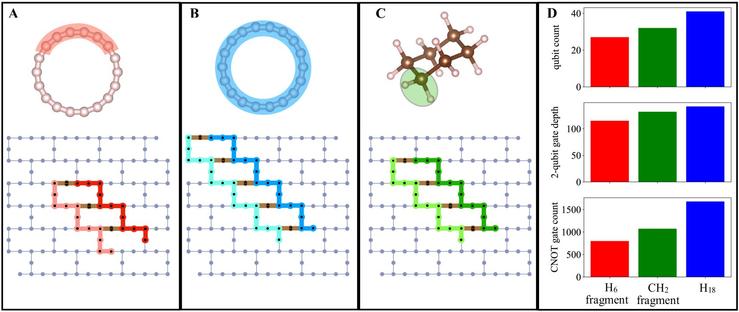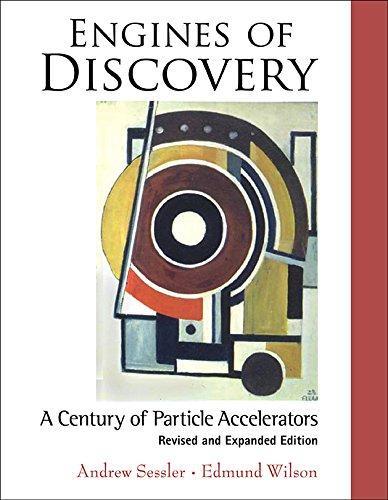I’ve been working on a math project involving the periodic table of elements and the Kepler problem — that is, the problem of a particle moving in an inverse square force law. I started in 2021, the year I retired from U. C. Riverside. I had driven my wife across the country to DC, and spent the fall with her at the Center for Hellenic Studies, where she was working. They own a compound of dinky little houses right across the street from Hilary Clinton’s much grander home. The brilliant fall leaves inspired thoughts of chemistry: electrons and photons in resonance!
I felt very free, with nothing particular to do, so I did something just for fun: I explored a curious relation between the Kepler problem, the periodic table, and quantum field theory.
When I drove back to Riverside at the end of 2021 I got distracted by other things. But this year I’ve been in the mood for wrapping up half-done projects. I finished this project today after a week of hard work. It should appear on the arXiv soon.
I want to explain it! But I need some things to be fresh in your mind, so I’m going to republish some blog articles I wrote in 2021 to explain this work.
Let’s start with the ‘eccentricity vector’. This is a conserved quantity for the Kepler problem. It always points in the direction of the orbit’s perihelion, and its magnitude equals the eccentricity of the orbit. It never changes.
This conserved quantity is special to the inverse square force law - and it since conserved quantities come from symmetries, it reveals a secret symmetry of the Kepler problem. Amazingly, this problem is symmetrical under rotations in *4-dimensional* space!
(1/2)











